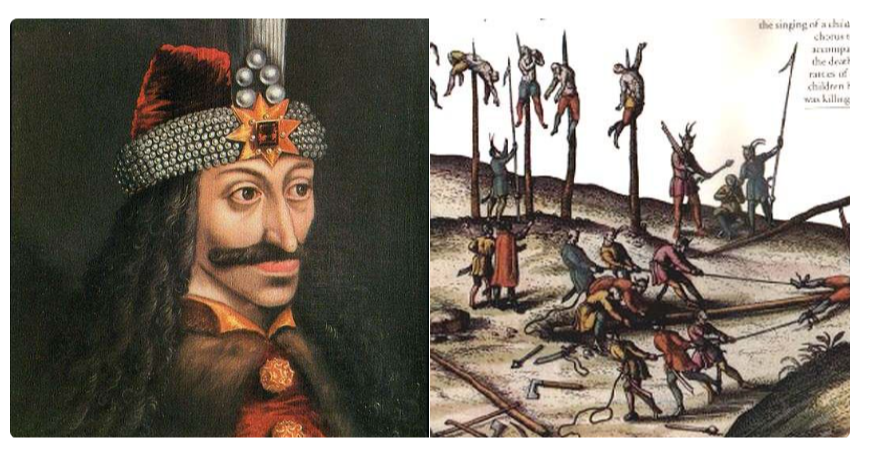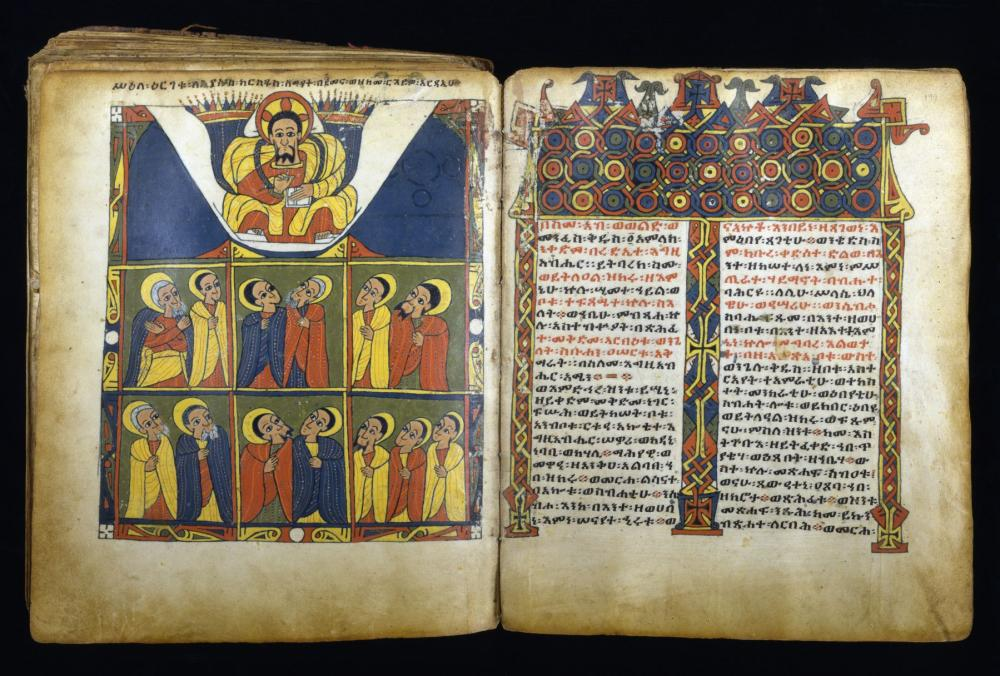-
Posts
25.684 -
Joined
-
Days Won
300
Everything posted by Lion.Kanzen
-
This timeframe the influenced are Germanic with heavy Byzantine https://study.com/academy/lesson/carolingian-architecture-style-characteristics-examples.html Abbey Church of Corvey.
-
Isn't called Roman style is called, Romanesque. https://en.wikipedia.org/wiki/Romanesque_art
-
https://www.youtube.com/watch?v=PwTXPFqdtxk
-
.thumb.png.ce58cea22940c255f5b0a735d5abee36.png)
undefined discussion subject
Lion.Kanzen replied to Lion.Kanzen's topic in Introductions & Off-Topic Discussion
Are systematic by traumas and people own fear. "Hannibal at the Gates" The defeats of Allie and the sack of Rome. The Invasions of Cimbri and Teutons and the Defeat of Arausio. The Massacre of Teutoburg Forest The Third Servile War...etc -
.thumb.png.ce58cea22940c255f5b0a735d5abee36.png)
undefined discussion subject
Lion.Kanzen replied to Lion.Kanzen's topic in Introductions & Off-Topic Discussion
People many modern termes it doesn't exists. think all Human developing since Martin Luther, then the movement of French revolution. We are think for example Romans enslave their enemies, and their slave revolt , finish in mass executions. The slaves were less than objects , even some less than a horse. -
The wiki don't have that evident point.
-
.thumb.png.ce58cea22940c255f5b0a735d5abee36.png)
undefined discussion subject
Lion.Kanzen replied to Lion.Kanzen's topic in Introductions & Off-Topic Discussion
Vae Victis. -
.thumb.png.ce58cea22940c255f5b0a735d5abee36.png)
undefined discussion subject
Lion.Kanzen replied to Lion.Kanzen's topic in Introductions & Off-Topic Discussion
Sassanid dynasty commits martyrdom http://www.oxuscom.com/persecution.htm -
.thumb.png.ce58cea22940c255f5b0a735d5abee36.png)
undefined discussion subject
Lion.Kanzen replied to Lion.Kanzen's topic in Introductions & Off-Topic Discussion
Romans performs that's vengeances, because the war Carthage was destroyed because the horror of blood war like Punic wars. Carthage was not a innocent peaceful, people. -
.thumb.png.ce58cea22940c255f5b0a735d5abee36.png)
undefined discussion subject
Lion.Kanzen replied to Lion.Kanzen's topic in Introductions & Off-Topic Discussion
Not I'm referring to unnecessary genocides , like Mesoamerican rituals. But still happens in the history. But is a modern term. -
They removed as playable around A22 I guess
-
.thumb.png.ce58cea22940c255f5b0a735d5abee36.png)
undefined discussion subject
Lion.Kanzen replied to Lion.Kanzen's topic in Introductions & Off-Topic Discussion
I'm not sure, the classic civs and medieval civs uses the fear of execution to rule by iron fist large Empires but... But this was necessary? -
The github version?
-
Yes, but don't expect great gameplay.
-
.thumb.png.ce58cea22940c255f5b0a735d5abee36.png)
undefined discussion subject
Lion.Kanzen replied to Lion.Kanzen's topic in Introductions & Off-Topic Discussion
The great war... that don't be happen. but here in Latin-American nobody enter to that war. we receive the immigrants. for example the idea to make a new roman is great... but no with weapons, or industrial weapons. -
.thumb.png.ce58cea22940c255f5b0a735d5abee36.png)
undefined discussion subject
Lion.Kanzen replied to Lion.Kanzen's topic in Introductions & Off-Topic Discussion
Yes... But I love the highways... -
This? https://steamcommunity.com/sharedfiles/filedetails/?l=english&id=1268737660
-
.thumb.png.ce58cea22940c255f5b0a735d5abee36.png)
undefined discussion subject
Lion.Kanzen replied to Lion.Kanzen's topic in Introductions & Off-Topic Discussion
our equivalent. a Mayan codex at Copan. -
.thumb.png.ce58cea22940c255f5b0a735d5abee36.png)
undefined discussion subject
Lion.Kanzen replied to Lion.Kanzen's topic in Introductions & Off-Topic Discussion
-
First part can be nice around 1000 AD and second part 1492
-
Britannia and Gaul 500 BC-1000 AD.
- 680 replies
-
- millenium a.d.
- vikings
-
(and 1 more)
Tagged with:
-
.thumb.png.ce58cea22940c255f5b0a735d5abee36.png)
undefined discussion subject
Lion.Kanzen replied to Lion.Kanzen's topic in Introductions & Off-Topic Discussion
No problem.





